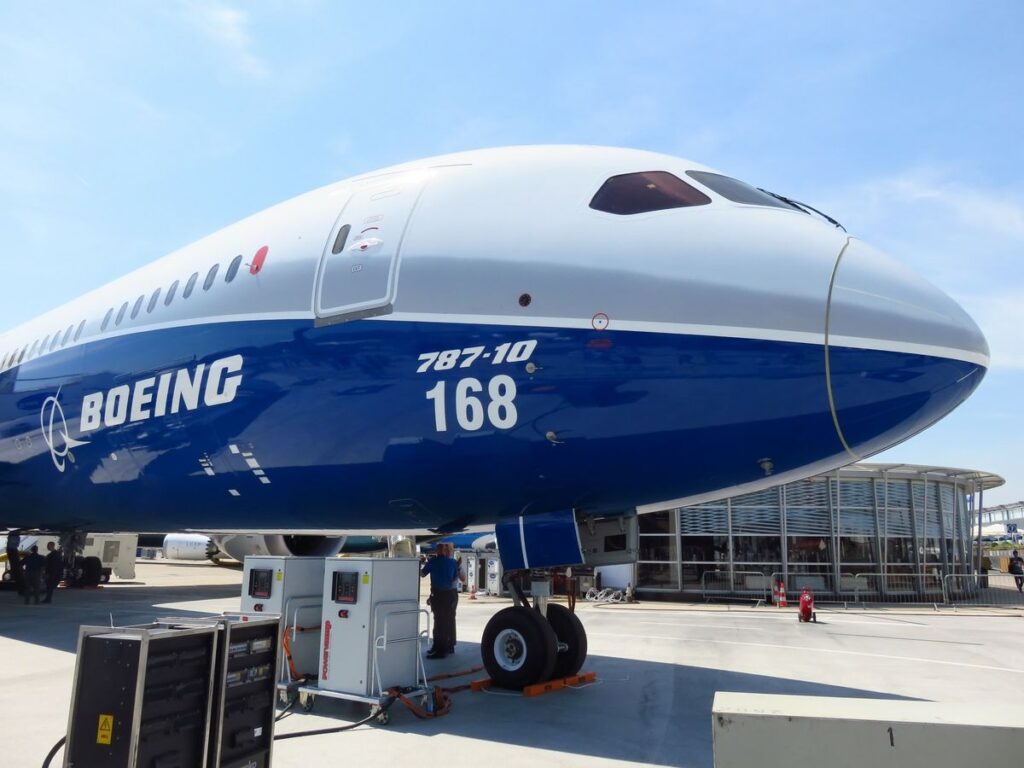
The large backlog of new aircraft, which reached a historic high of 17,000 last year, is expected to cost the airline industry over $11 billion this year, making it the costliest problem the industry faces, according to a new report by the International Air Transport Association (IATA).
The report, Reviving the Commercial Aircraft Supply Chain, was co-created with global consulting firm Oliver Wyman.
The new report demonstrates the costly impact of a slow supply chain, with airlines paying around $4.2 billion in excess fuel costs for operating older, less fuel-efficient airplanes, $3.1 billion in maintenance costs to keep the older fleet up and flying, $2.6 billion in increased engine leasing costs, $1.4 billion for purchasing a surplus of parts needed for maintenance and more.
Yet as the number of new planes stalls, air passenger demand continues to rise, putting further pressure on commercial aviation to deliver. During last year’s record-year for backlogged new plane construction, passenger demand rose 10.4 percent, exceeding aviation’s capacity growth of 8.7 percent, leading to a record load factor of 83.5 percent.
“Airlines depend on a reliable supply chain to operate and grow their fleets efficiently,” said Willie Walsh, IATA’s Director General. “Now we have unprecedented waits for aircraft, engines and parts and unpredictable delivery schedules. Together these have sent costs spiraling by at least $11 billion for this year and limited the ability of airlines to meet consumer demand.”
IATA identifies aviation’s current economic model, geopolitical instability, raw material shortages and less labor as main problem areas creating the large issue.
So what can the industry do to change?
The report identifies several ways the industry can help to solve, or at least mitigate the negative impact of, these issues, such as opening up aftermarket best practices and alternative sourcing of materials and services, making the supply chain more visible to identify problem spots and have more industry collaboration to solve industry-wide issues.
“There is no simple solution to resolving this problem, but there are several actions that could provide some relief,” Walsh continued. “To start, opening the aftermarket would help by giving airlines greater choice and access to parts and services. In parallel, greater transparency on the state of the supply chain would give airlines the data they need to plan around blockages while helping OEMs to ease underlying bottlenecks.”
For the latest travel news, updates and deals, subscribe to the daily TravelPulse newsletter.

